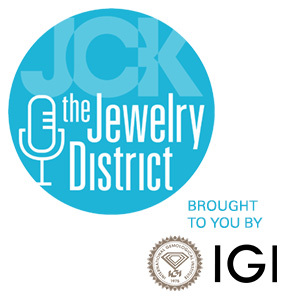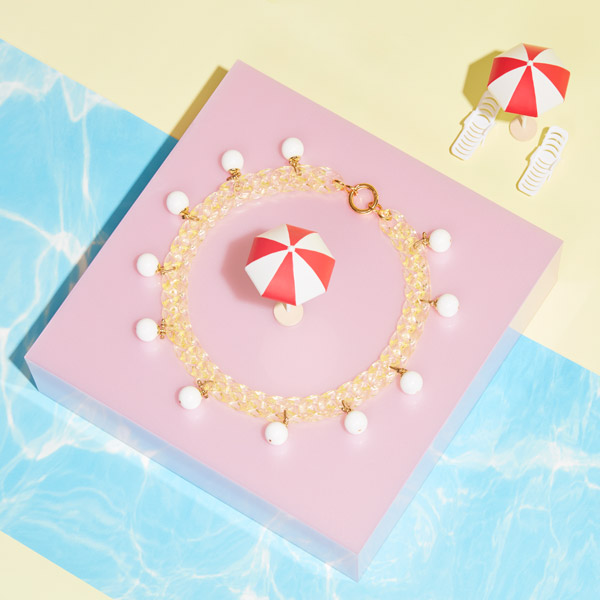
You could say I have a bit of a thing for the 1950s and early ’60s. My absolute idol, Lucille Ball, is an icon of the time, and the fashion, à la Mad Men, is as intoxicating as the scotch supply once prominent in the workplace.
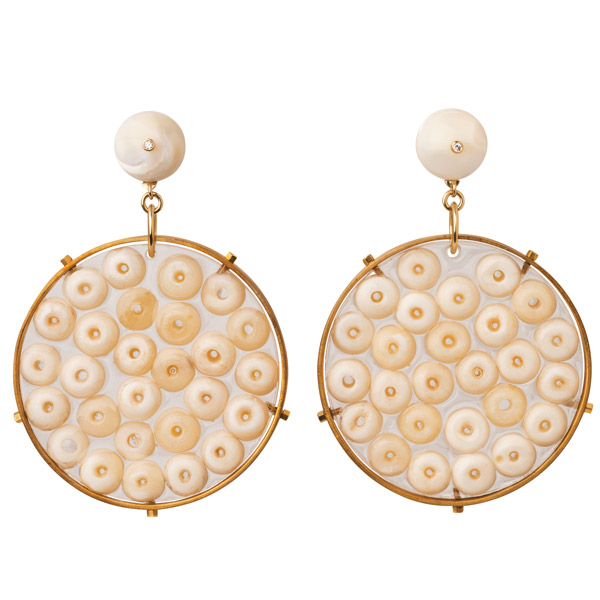
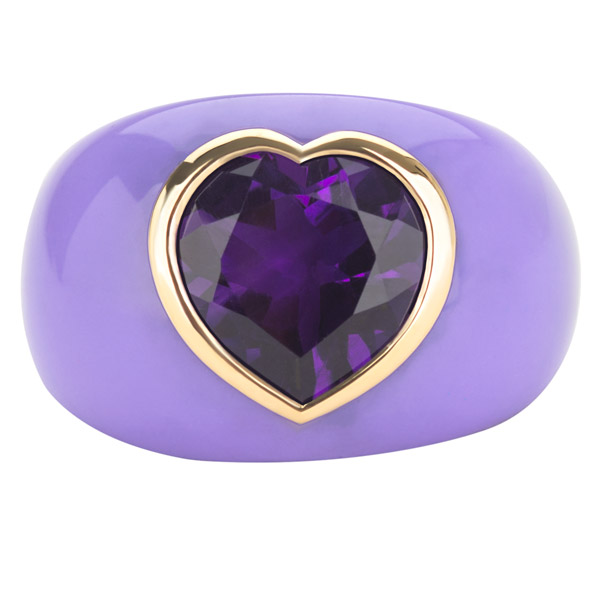
The fashion, the glamour of classic Hollywood, the fact that Florida was an iconic destination for something other than Walt Disney World (which I love, but still). The aesthetics of this iconic time are worth keeping alive and bringing into the present and future (save for the extreme misogyny) to enjoy for another 50 to 60 years.
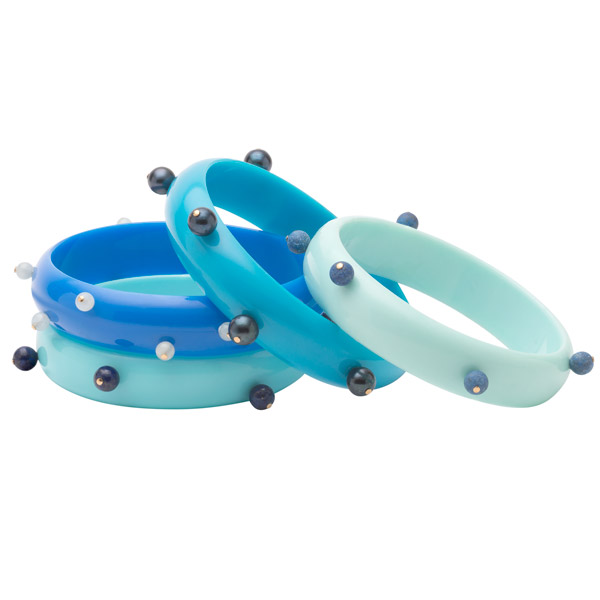
A little digression about plastic. The very early ’60s was a time when people quickly became reliant on the newly popularized (though not new) material. And who wouldn’t? It seemed great, Tupperware parties and all. In some industries, like the medical industry, plastic had, and still has, revolutionary results.
But plastic has a dark side, which most of us are aware of by now. Not as recyclable as we were once led (or told) to believe, the material, much of it in single-use form, is causing massive issues for Earth. So now, a new era. One in which, while we still can’t deny the use of some plastics, we strive to reuse what we can and find other uses for those that we can’t.
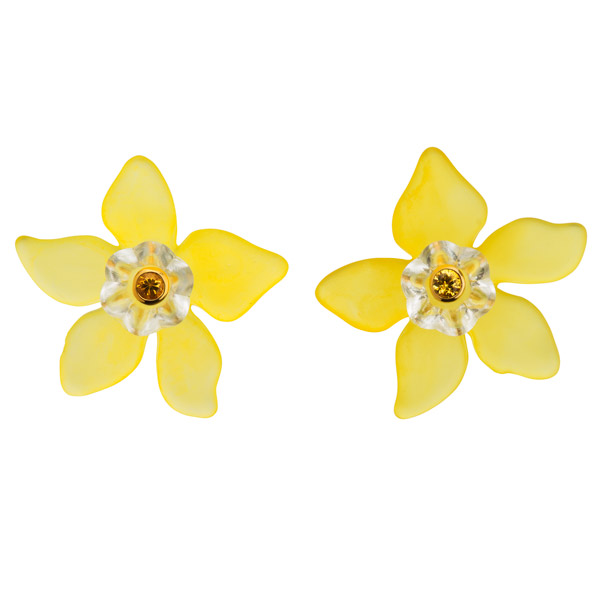
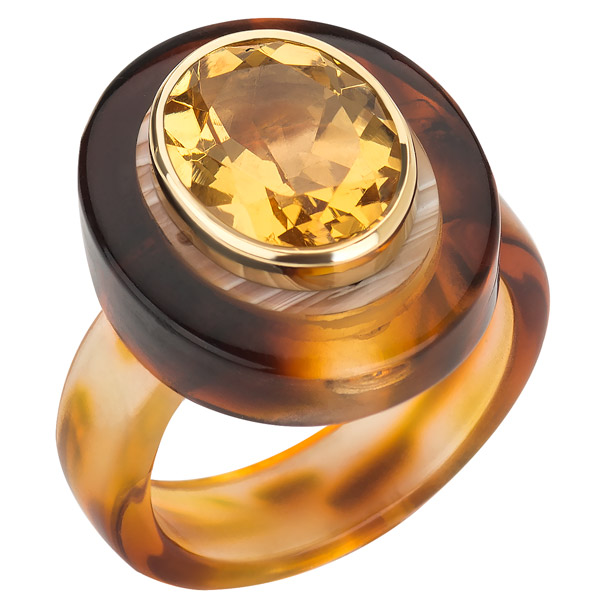
Which (finally) brings me to the real reason we’re here: Tessa Packard’s Plastic Fantastic collection, ode to a glamorous destination of yore: Florida in the 1950s.
Described as “a story about sunshine, candy stripes, tropicalia, polka dots, penguin waiters, sweetheart necklines, baby doll silhouettes, cat-eye sunglasses, vacationland, cabana couture, Jell-O, creamy cocktails, and the promise of something better” (sounds positively dreamy), the collection utilizes a combination of vintage Lucite pieces and homemade resin jewels. It takes a material that was once considered extremely cool and novel for its time into the present, where it’s quickly becoming somewhat taboo (again, mostly in single-use, unrecycled form). In short, Tessa Packard is making what was once cool, cool again.

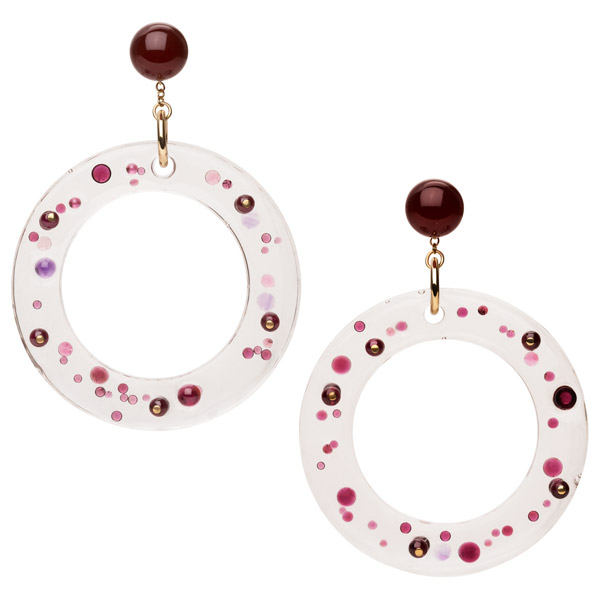
“One of the things I wanted to bring back to life was this idea of plastic as being genuinely cool,” says Packard. “Nowadays it is understandably a dirty word, but in the 1950s it was passionately embraced. My hope with Plastic Fantastic is to reignite a love for vintage costume jewelry by recalling the glamour, energy, and technicolor of that age. Once upon a time, people wore plastic costume jewelry with as much enthusiasm and engagement as fine pearls and diamonds. I’ve always liked the idea of mixing hi-lo—whether that be in jewelry, art, or fashion—so this is my attempt at showing that it can be done beautifully and sustainably!”
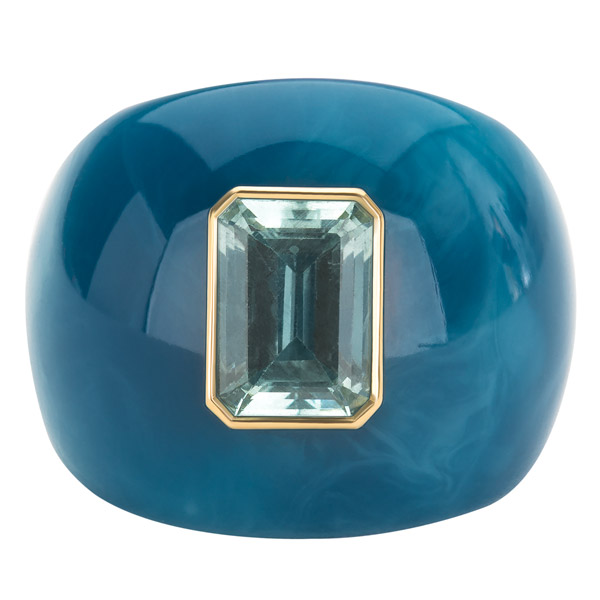
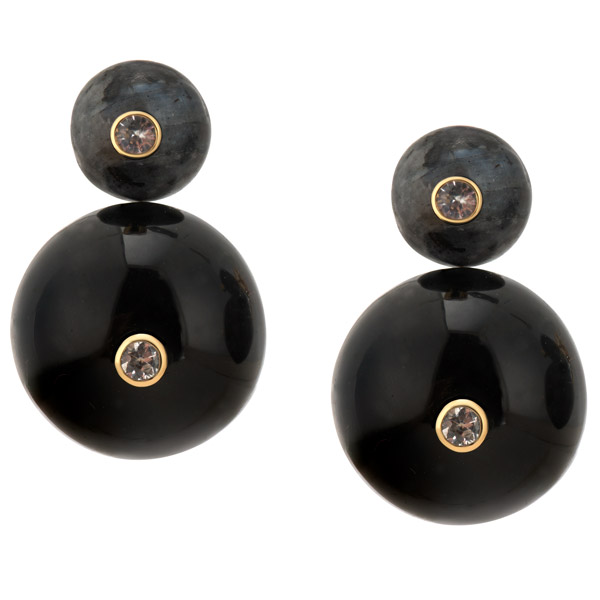
And the collection is cool. It makes you want to put on a swim cap and retro swimsuit, the perfect canvas for oversize floral earrings and colorful Lucite chain necklaces. Off the beach and out of the pool, the line plays beautifully with mod mini dresses and the like—perfectly acceptable office attire today, whether sourced from vintage or made new.
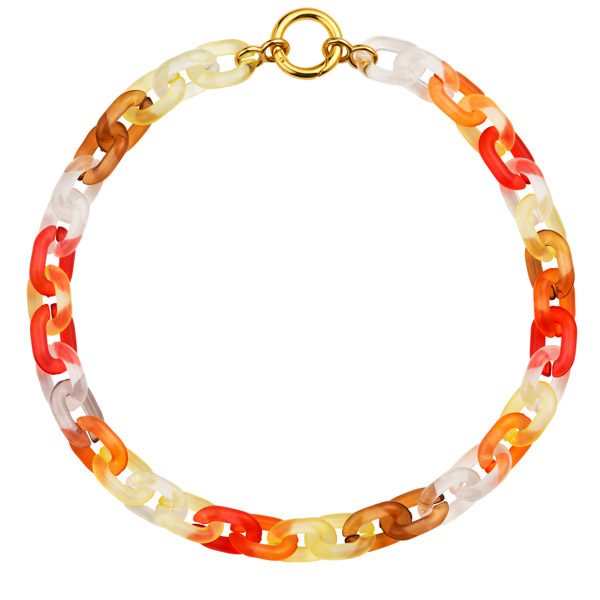
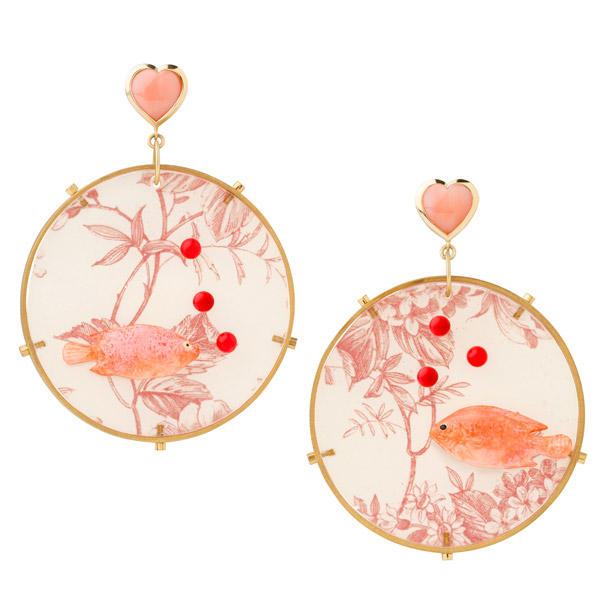
Sift through the collection and you’ll encounter treasures inspired by vacation-worthy items the Beach Boys were always singing about: Cadillac convertibles, colorful swimwear, ice cream sundaes, and sweet, lip-smacking treats like gumballs. The pieces positively shine in Lucite, the acrylic popularly used for making jewelry in the ’40s and ’50s. What makes this collection so special, aside from how it reuses old materials, is that it features precious gemstones for a fine jewelry kick you won’t be able to get enough of (see my personal favorite, the Riviera earrings (above), which bring to mind the setting of an old, glamorous restaurant).
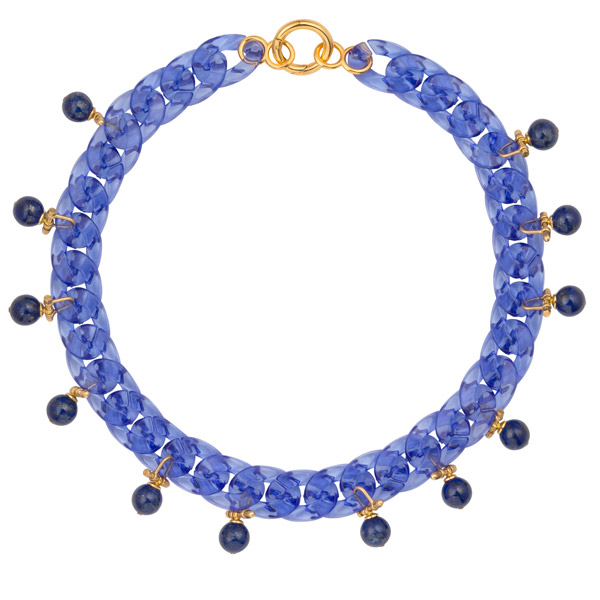
“The luxury sector is a tricky place to play the sustainability card as, after all, luxury goods are, by default, luxuries and not necessities,” the designer says. “But if there is a way of genuinely making some sort of difference or influencing purchasing habits, then I think it’s important that we try and strive for improvement. Upcycling or recycling vintage plastic mounts into contemporary jewelry isn’t going to save the world, but what I hope it might do is encourage consumers to reconsider what is beautiful and what is coveted. The fine jewelry sector tends to have quite rigid rules about what is justifiably expensive and what is irrelevant. I’m looking to readdress the balance between material value and visual design so that vintage plastic has a chance to remain relevant, sustainable, and crucially timeless in the 21st century.”
For anyone else dreaming about dressing like a season 2 Mrs. Maisel, Plastic Fantastic gives us a gorgeous way to do so, in a way we can feel good about.
Top: Sunny Sarasota one-of-a-kind necklace in 18k yellow gold vermeil, brass, and sterling silver with acrylic and white agate, £475 (sold); Tessa Packard
- Subscribe to the JCK News Daily
- Subscribe to the JCK Special Report
- Follow JCK on Instagram: @jckmagazine
- Follow JCK on X: @jckmagazine
- Follow JCK on Facebook: @jckmagazine

